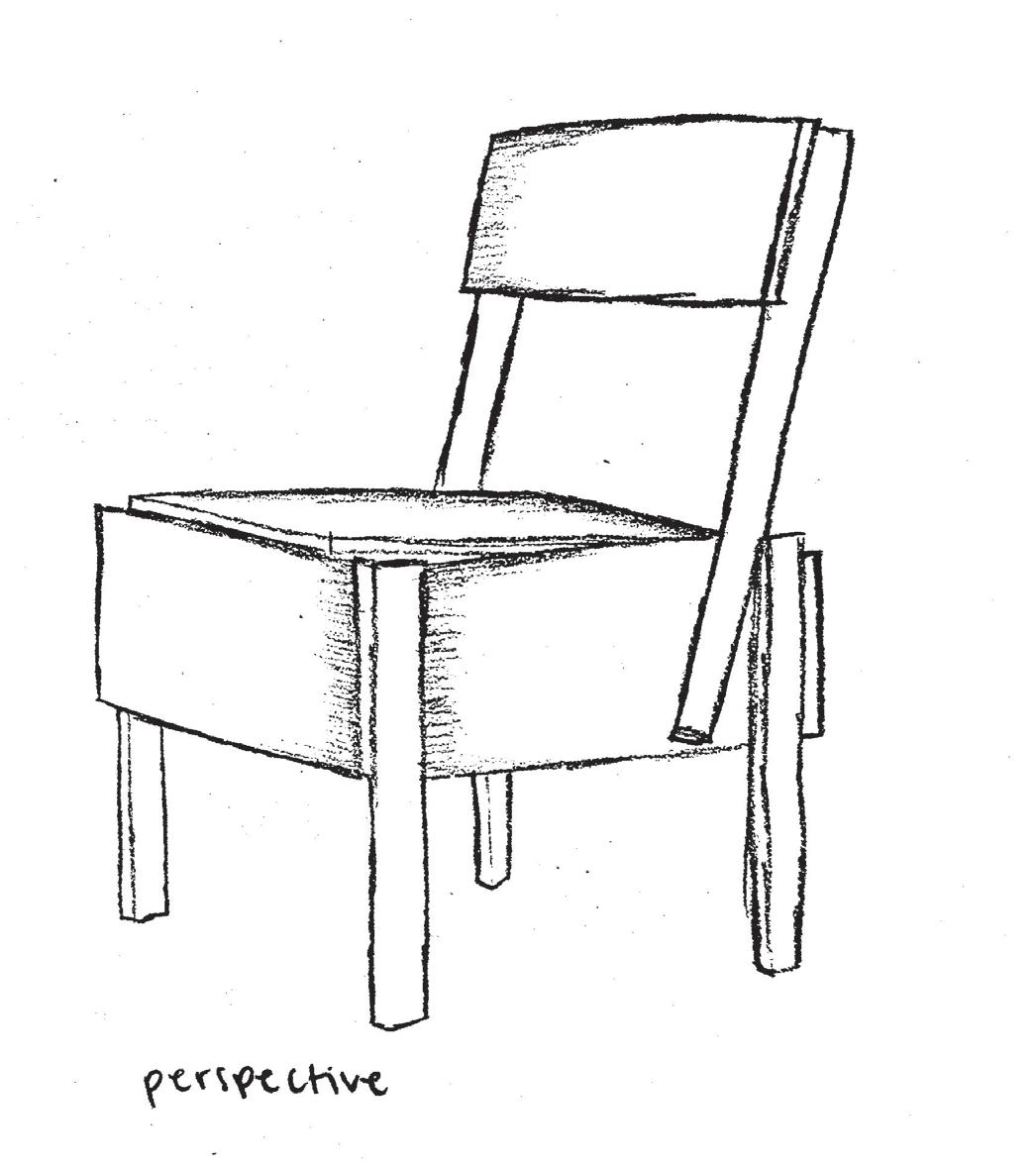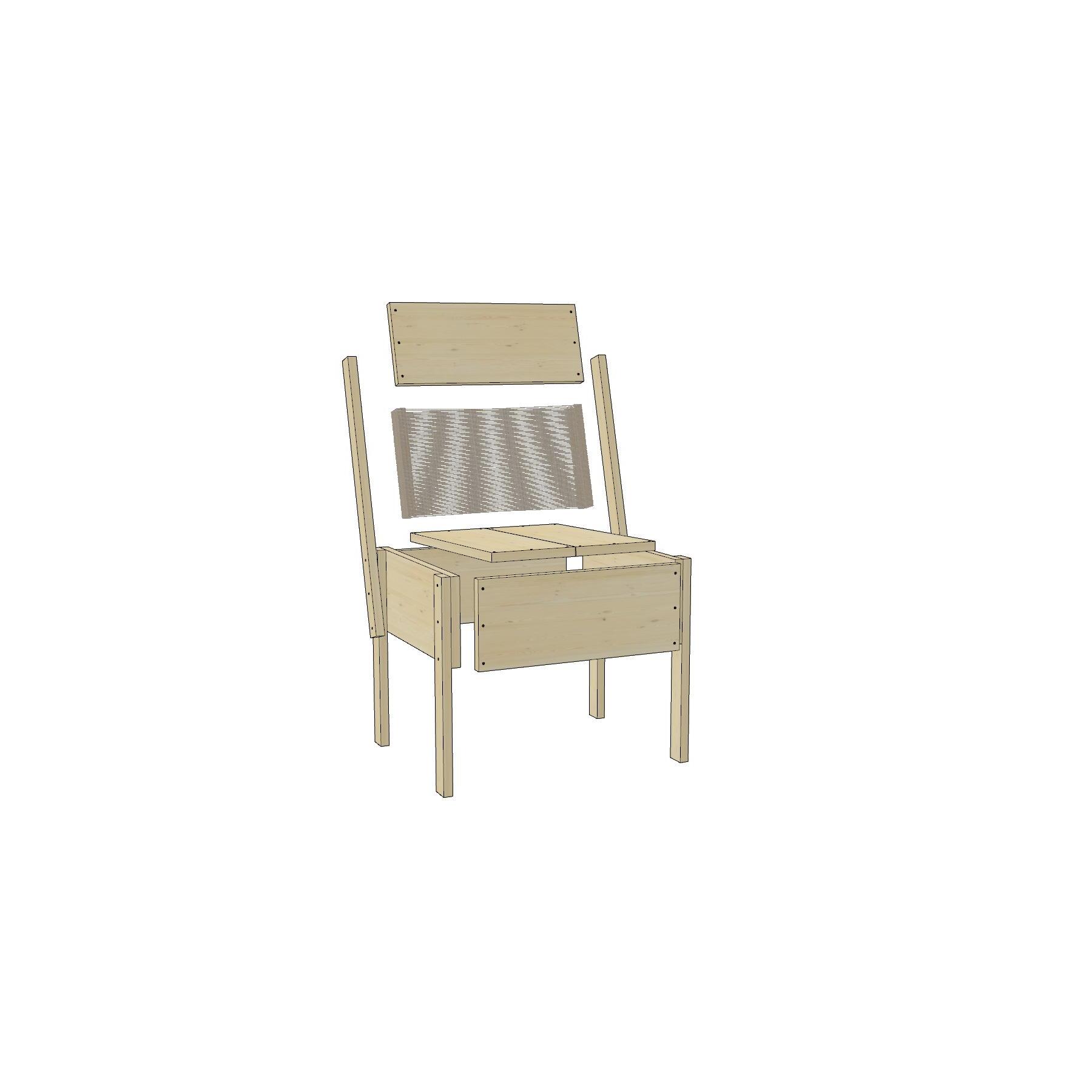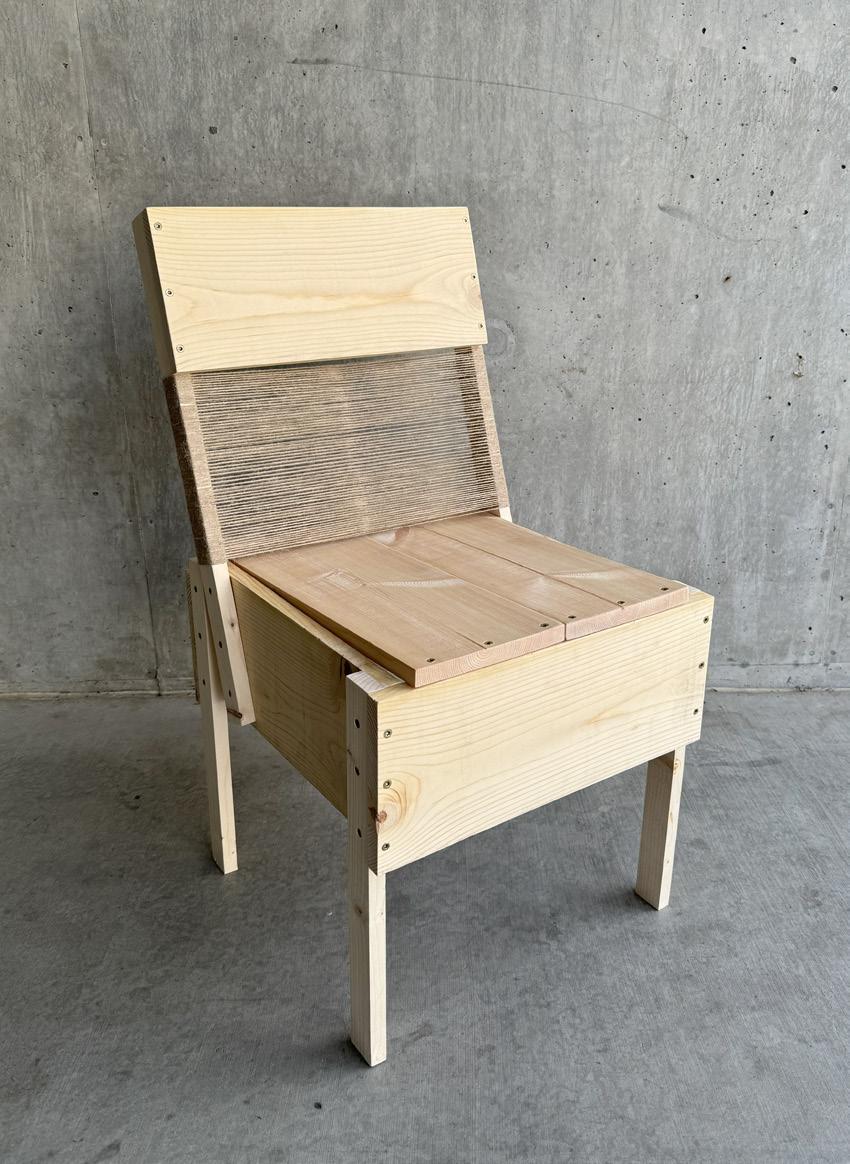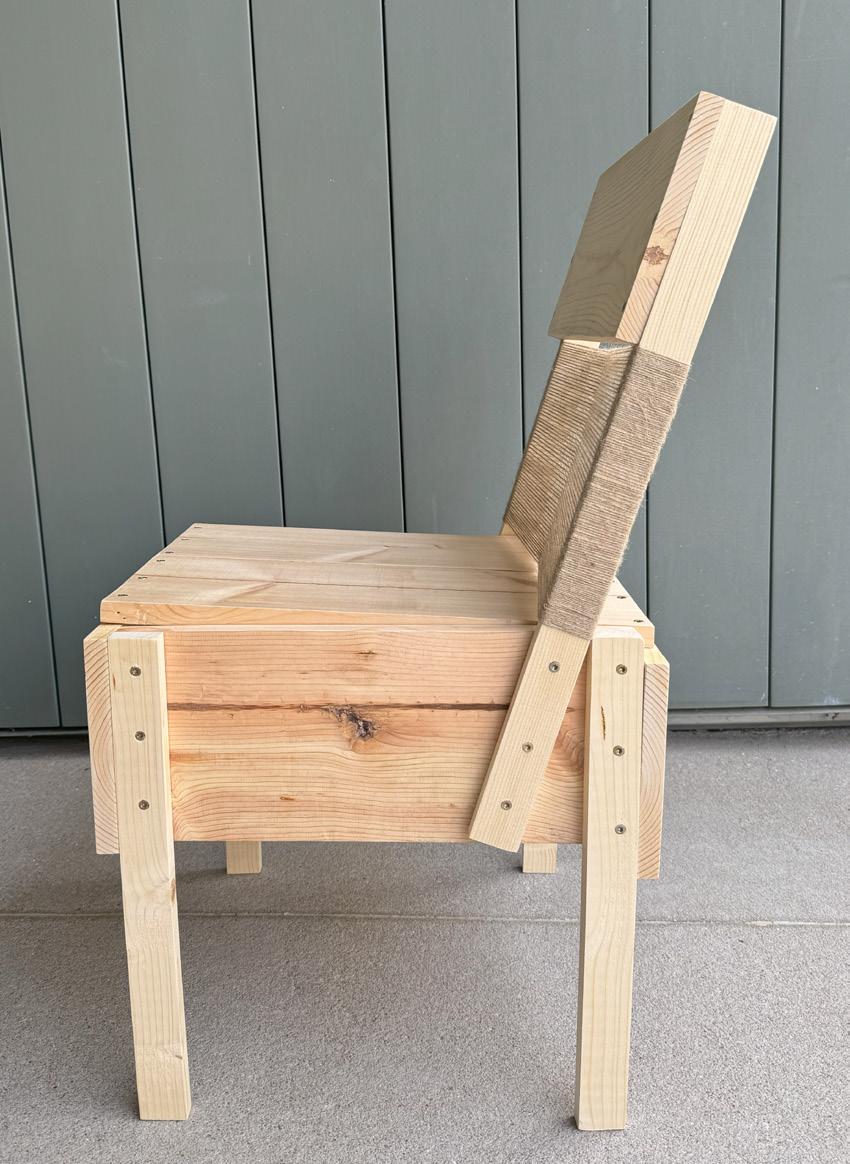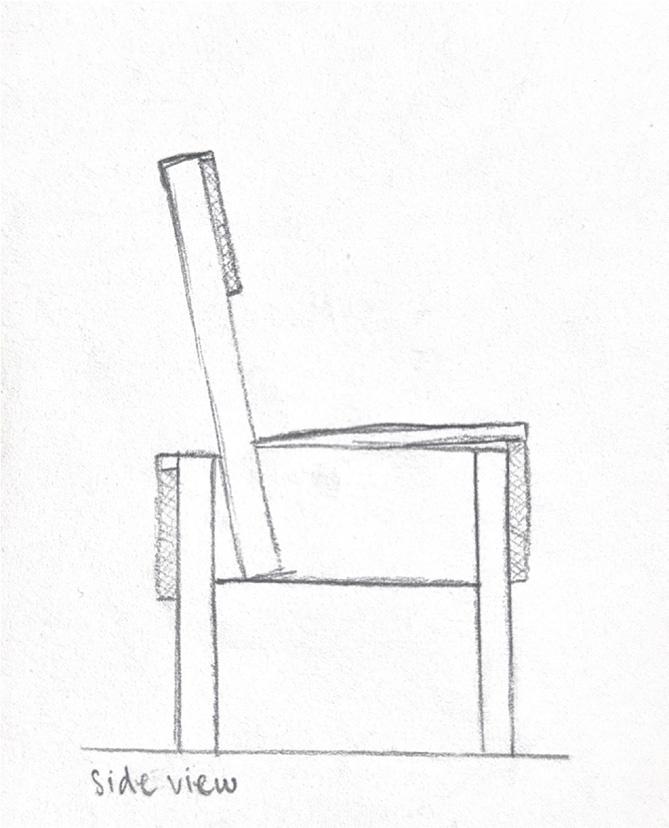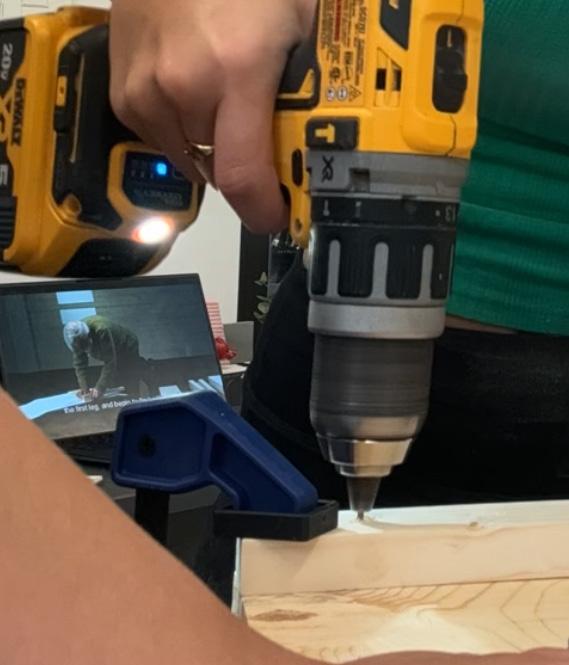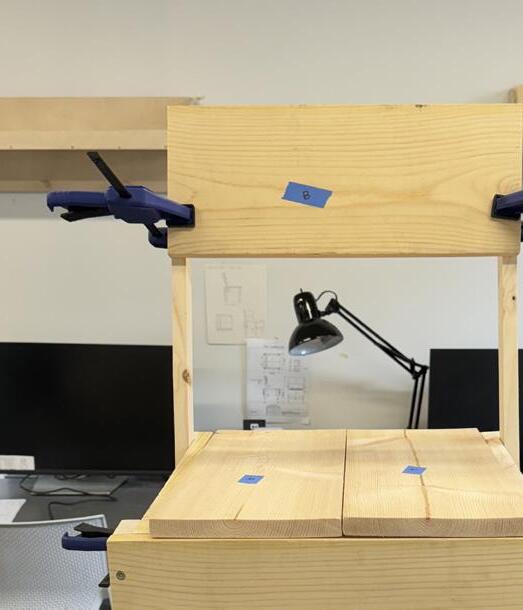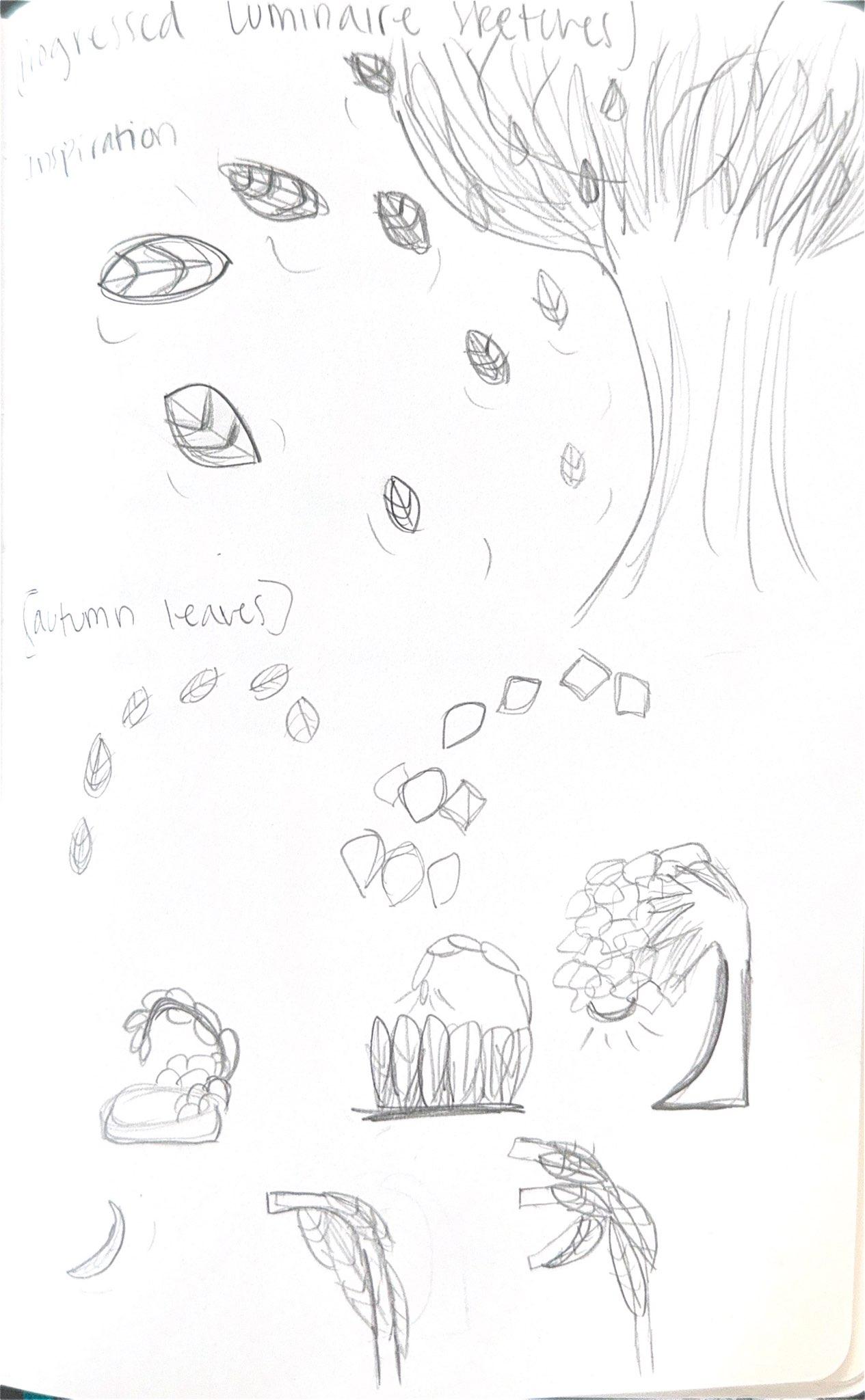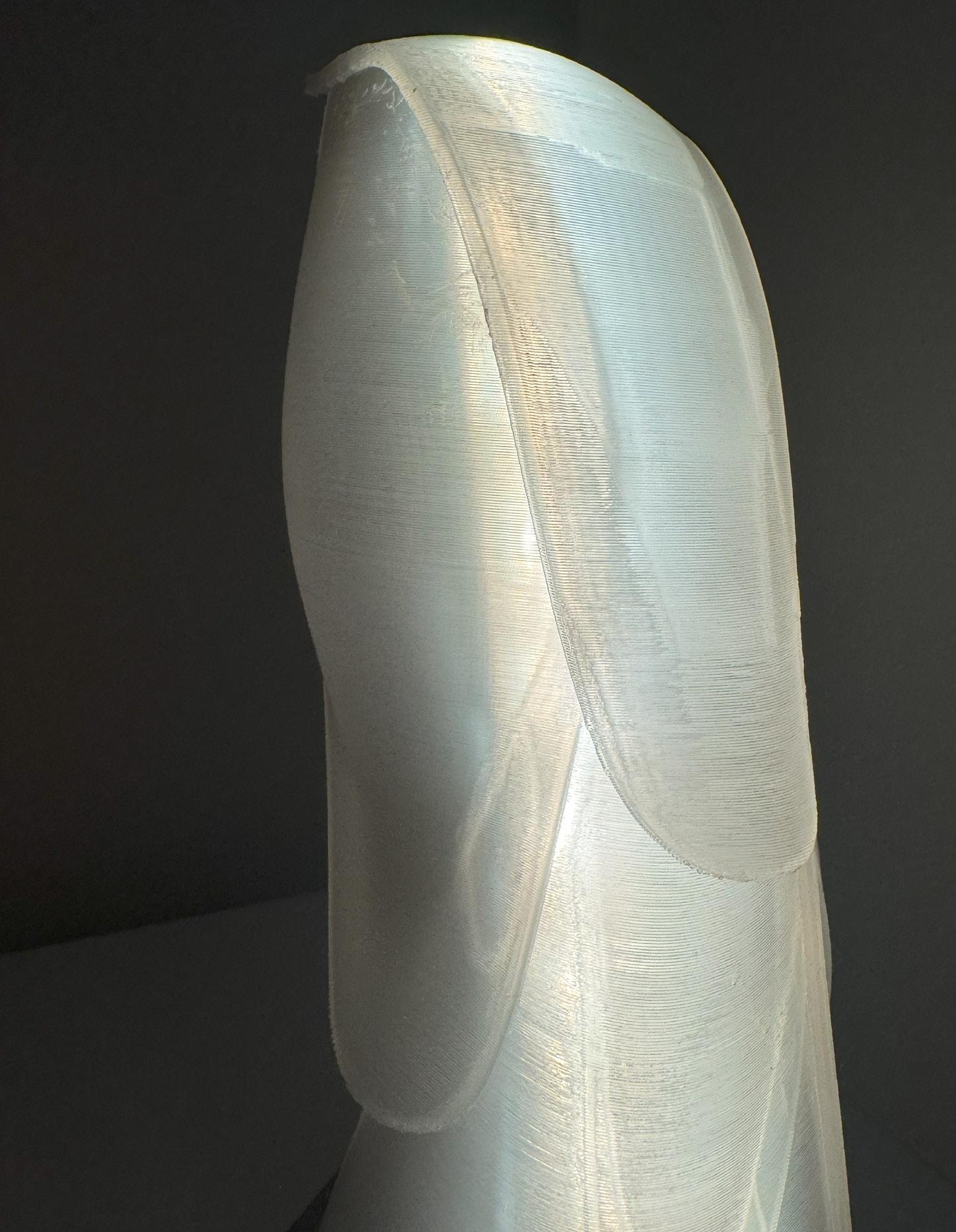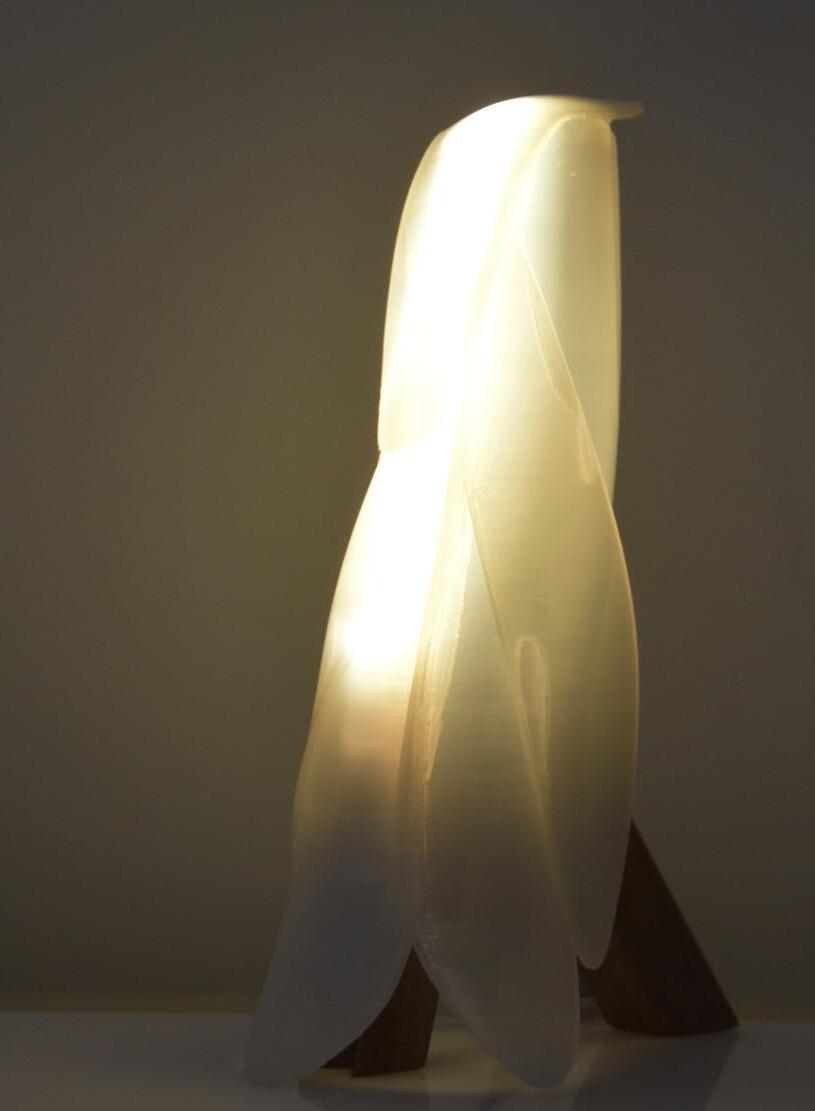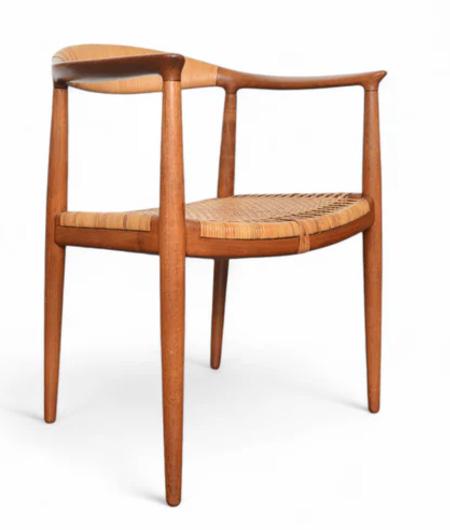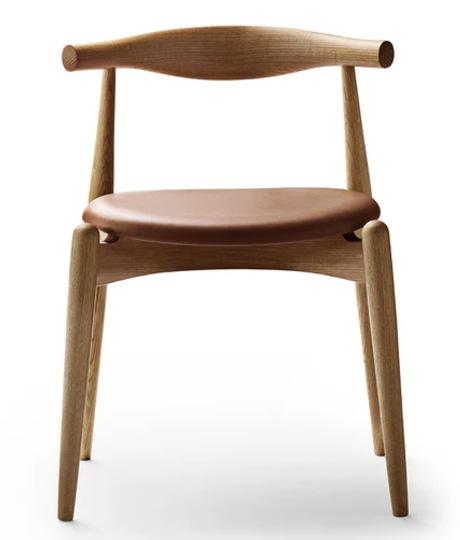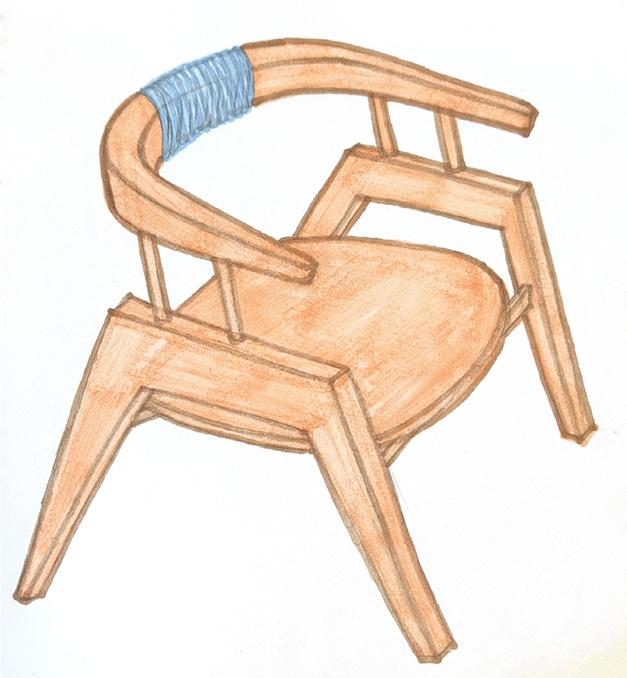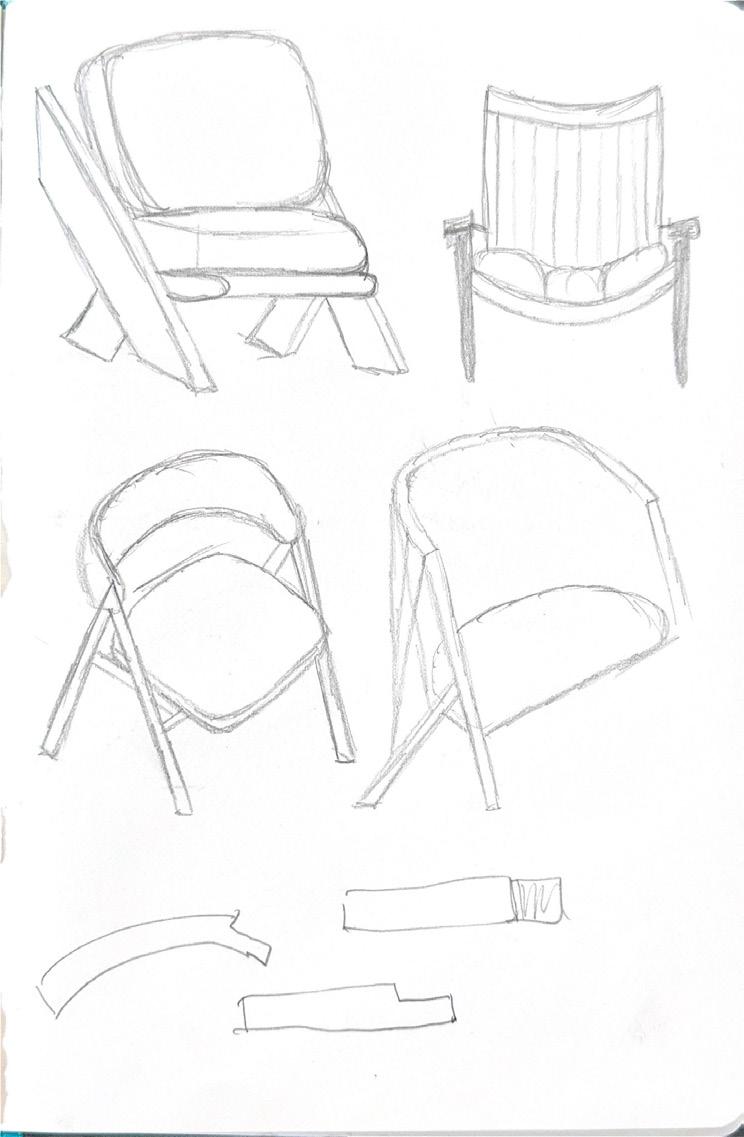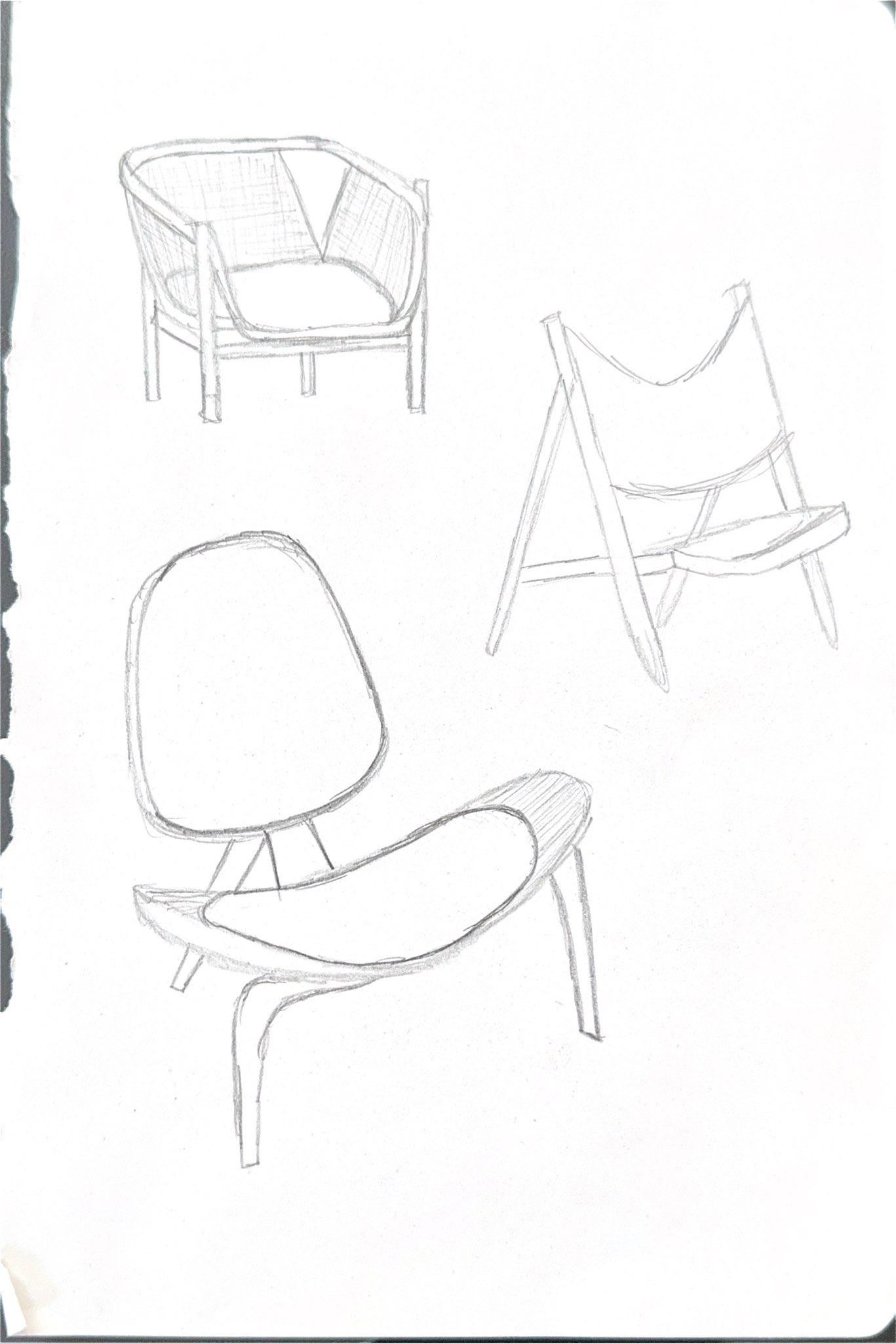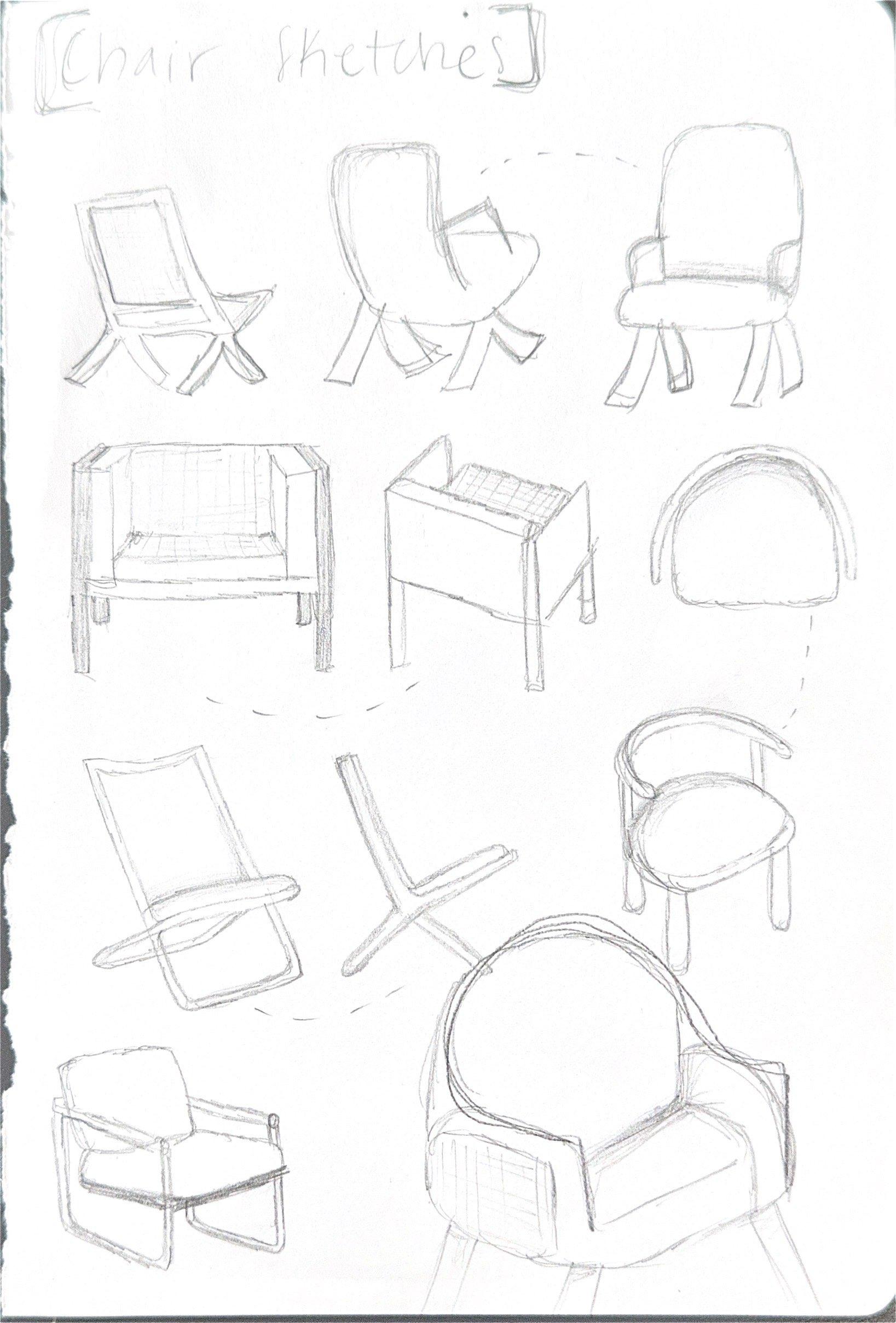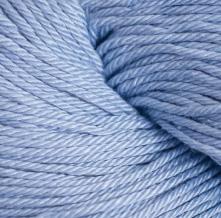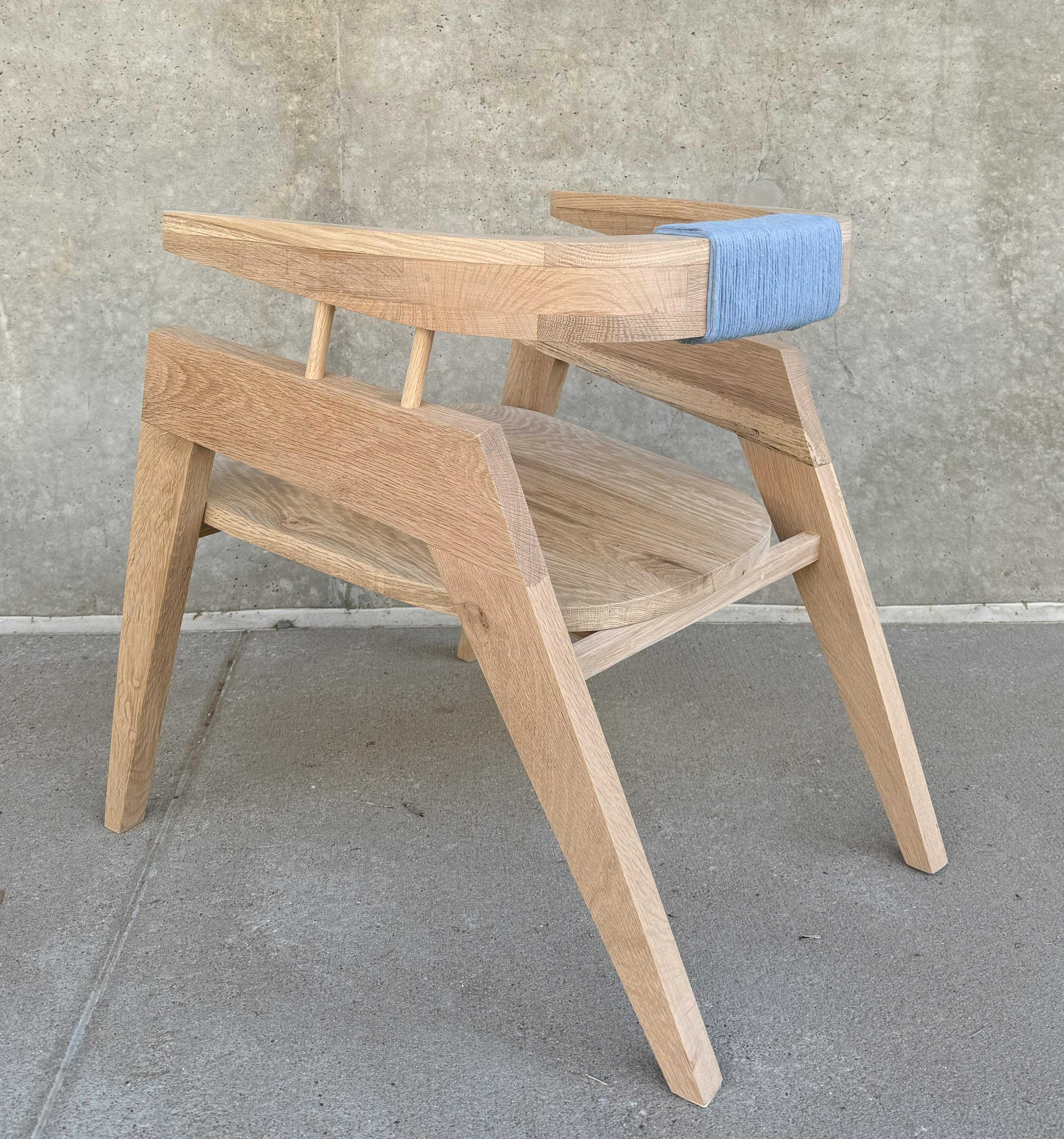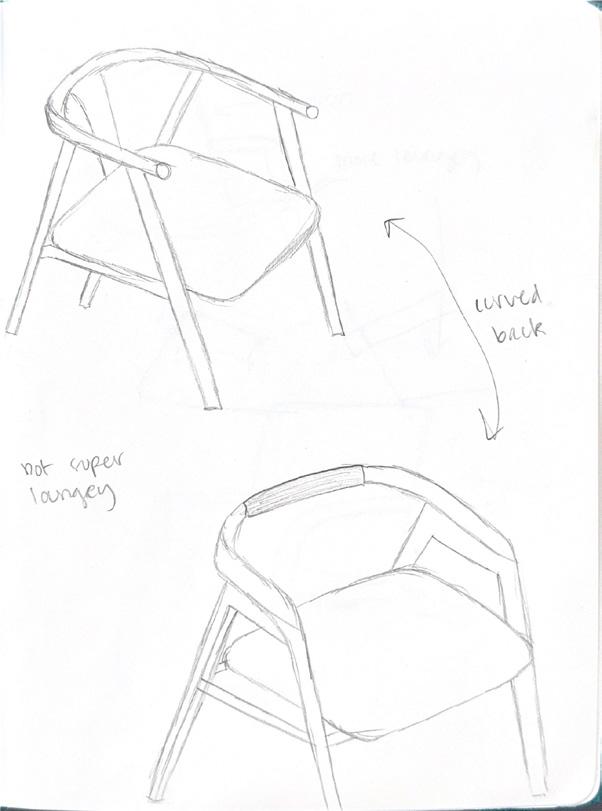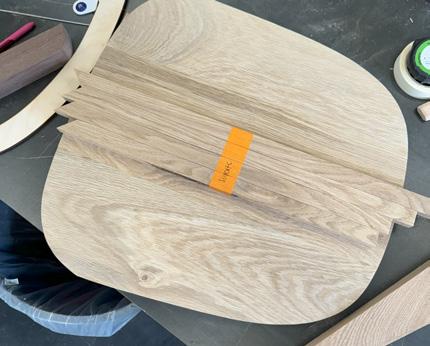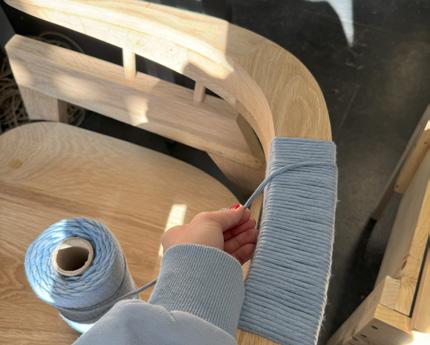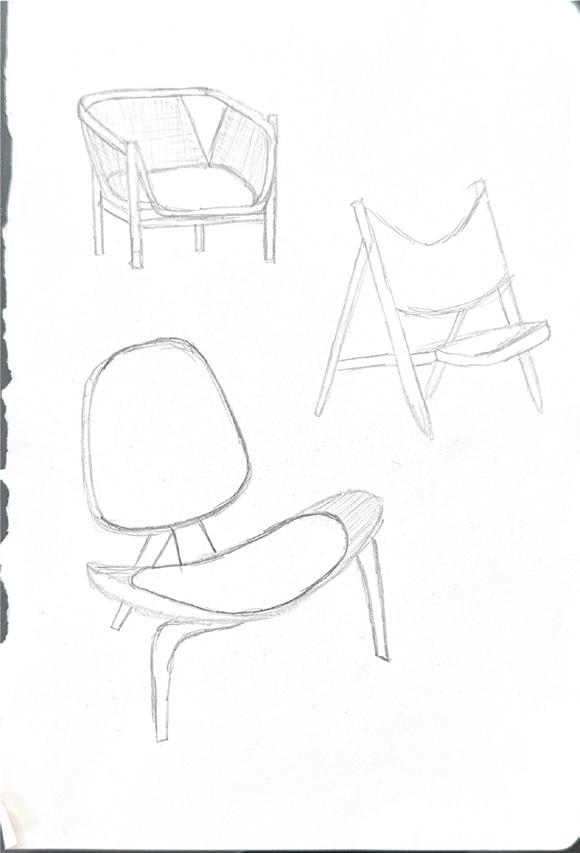WRAPPED SEDIA CHAIR
Designed by Enzo Mari, Constructed & Modified by Emilie Luce
This chair was replicated based on designer Enzo Mari’s Sedia 1 Chair. Enzo Mari was an Italian designer that strongly valued craftsmanship and the value of using your hands to create well designed furniture. Mari practically devoted his career to sharing these values and refused to allow his unique pieces to fall into mass production. He was determined to help others realize their ability to construct pieces and described it as “freeing yourself by building”. Learning about Mari was inspiring as a designer and emphasized the basic values of creating art with hand-crafted details. While constructing this chair, I kept Mari’s thought process in mind. I paid close attention to the accuracy of each piece and detail of constructing this chair. When creating this modification, I knew I wanted to add an element that honored Mari’s design and did not take away from the chair itself. I decided on installing a woven back with a natural colored jute rope. The rope was woven by wrapping around each side of the chair and then pulled across diagonally to create a figure-eight pattern. With close attention to tightness, pattern, and accuracy, this detail added a softness to the chair as well as an intricate plane. Adding this modification felt fitting in the spirit of Enzo Mari by focusing on detailing and creating a unique design with my own two hands.
Dimensions
overall dimensions:
W: 18’’
L: 20’’
H: 34’’
seat height: 18’’
seat width:14 5/16’’
seat depth: 15 1/4’’
angle of seat: 2° angle of seat back: 106°
Individual Chair Parts
